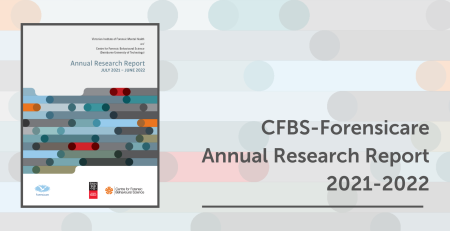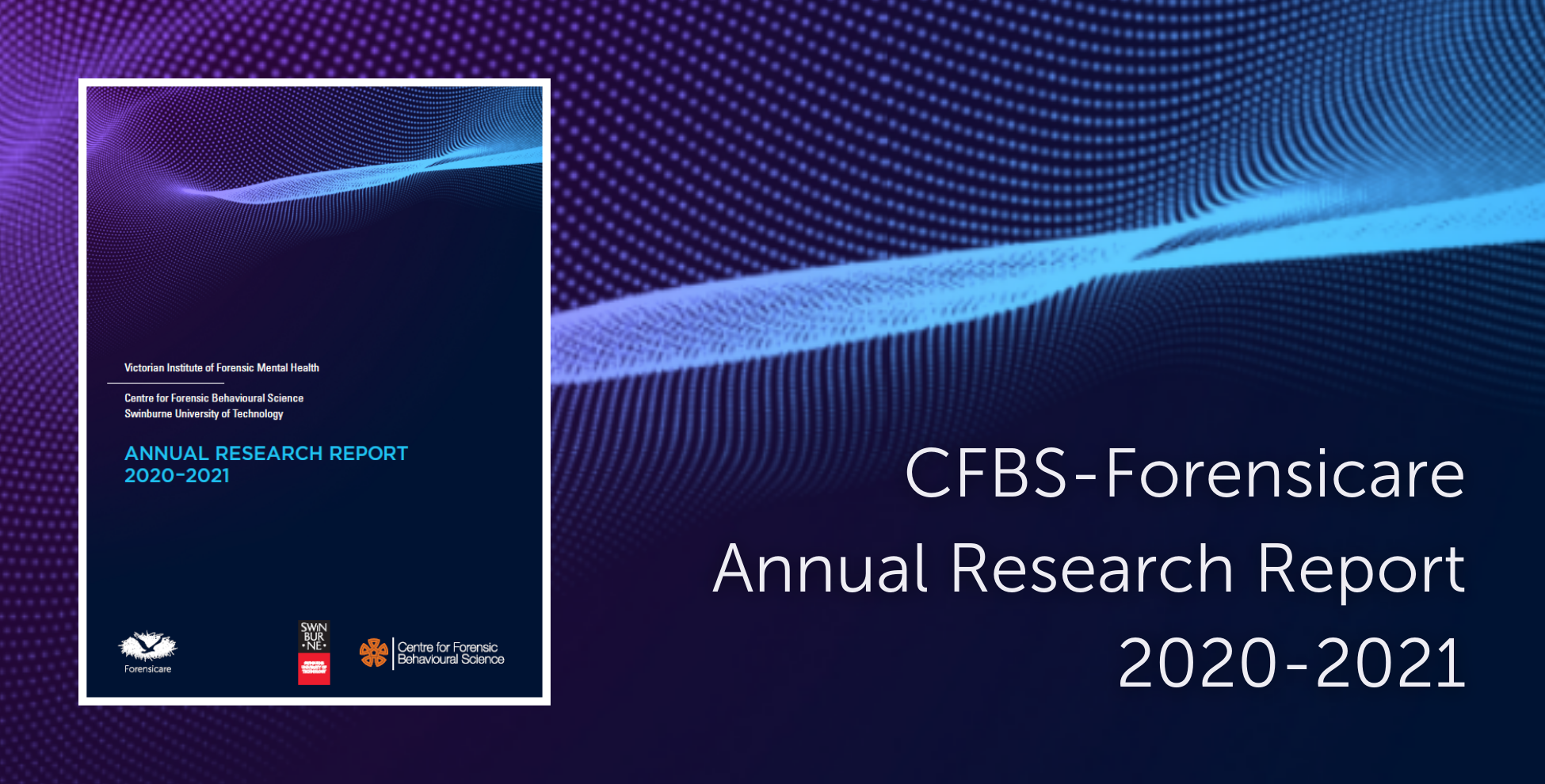New research highlights successful recovery rates of people managed by Forensicare under the Crimes Mental Impairment Act.
Findings confirm the reoffending rate is lower than in the general offending population and highlight areas for targeted treatment at Thomas Embling Hospital.
The Crimes Mental Impairment Act and the journey to recovery
In Victoria, a person who commits a criminal offence and is found not guilty by reason of mental impairment or unfit to be tried can be placed on a Custodial or Non-Custodial Supervision Order under the Crimes (Mental Impairment and Unfitness to be Tried) Act 1997 (Vic) (CMIA).
Most patients at Thomas Embling Hospital are admitted on Custodial Supervision Orders under the CMIA. They generally follow a long-term pathway through acute care into rehabilitation. The hope is that mental health treatment and rehabilitation will lead to eventual recovery and safe community release. Support is also provided to people in the community on supervision orders by Forensicare’s Community Forensic Mental Health Service.
The pathway to release from supervision under the CMIA is complex. Release decisions are made by the courts and the test for release – and ultimate discharge from orders – is whether the patient presents a danger to the community or to themselves. The challenge is to strike a balance between community safety and supporting the patient’s recovery and human rights.
A new study examines reoffending rates
A new study led by researchers at the Centre for Forensic Behavioural Science – a research centre run in partnership between Swinburne University of Technology and Forensicare – asked: what are the reoffending rates of people subject to supervision orders following community release? And what factors might increase the likelihood of them reoffending?
The study provides important information about how effective the CMIA is at reducing reoffending and how we can better prepare people at Thomas Embling Hospital to safely live in the community.
The study sample included all 222 adults placed on a supervision order under the CMIA in the first 18 years of the Act’s operation (April 1998 to April 2016) who were subsequently granted community release. The team collected data on new criminal charges acquired by these people following their release.
The reoffending rates of people subject to the CMIA are low
The study found 21% of people were charged with an offence following community release. This compares to a fluctuating rate of around 50% or more in the general offending population. Importantly, during the first 20 years of the CMIA’s operation, no person has been charged with an offence involving serious violence (e.g. murder, manslaughter, intentionally/recklessly causing serious injury) following ultimate discharge from an order.
Other findings include:
- 75% of those charged with an offence were on conditional release (therefore still under CMIA supervision) at the time of the offence.
- Of the 47 people who were charged with an offence following community release, 60% were charged with a personal injury offence (e.g., assault). 40% were changed with non-violence offences only (e.g. drug offences, theft, criminal damage)
- Factors associated with reoffending include past criminal history and a comorbid diagnosis of personality disorder and/or substance use disorder.
- People who committed a severe index offence (murder or attempted murder) were 3 times less likely to re-offend than those who committed less serious offences.
- 10 people were received into prison following community release.
Where to next?
These results highlight how most people – after a period of mental health treatment and offender rehabilitation – can recover and return to living in the community safely. The low reoffending rates suggest that the CMIA’s framework is highly effective. This is likely due to features such as the staggered approach to community reintegration, careful community care and supervision following release and a low threshold for rehospitalisation.
The factors predictive of reoffending – prior criminal history and comorbid diagnoses of substance use disorder and/or personality disorder – also highlight ways that we can better target treatment that may further reduce reoffending rates and better support people on their pathway to recovery.
If we’ve piqued your interest – the full report is available.
Congratulations to the team!















